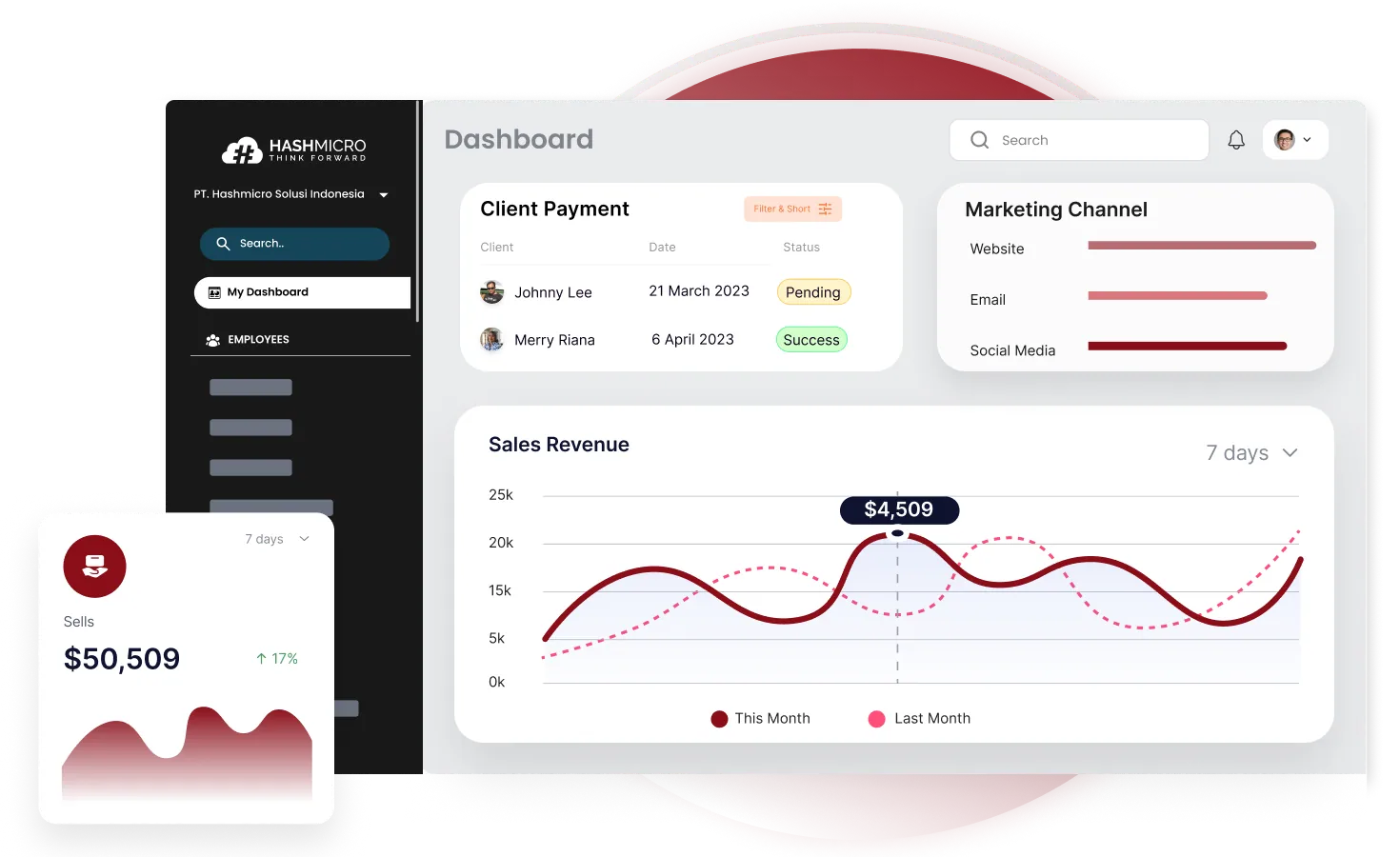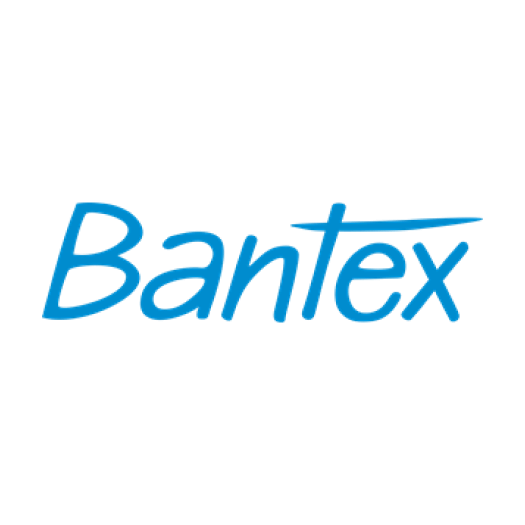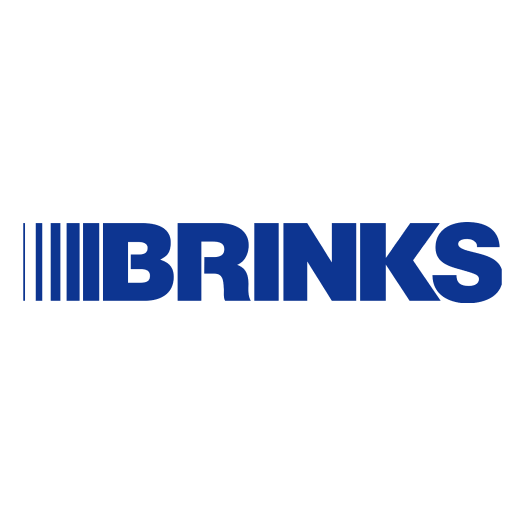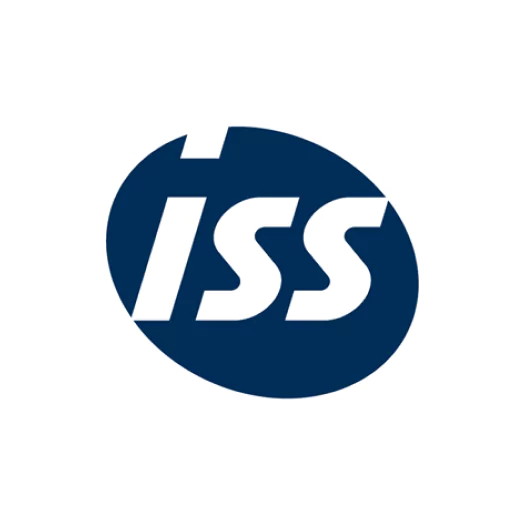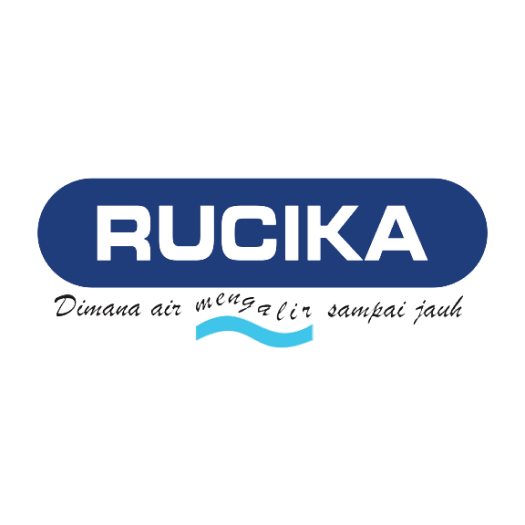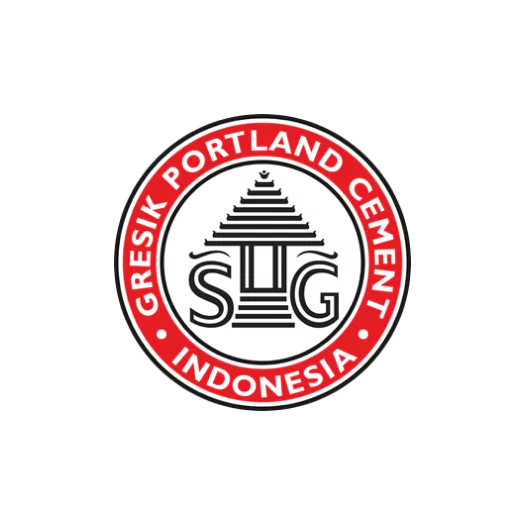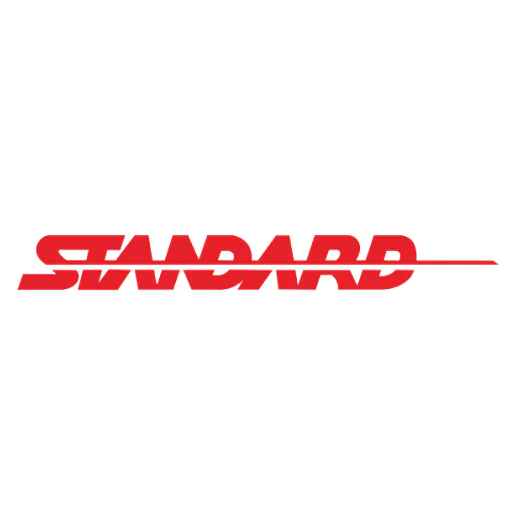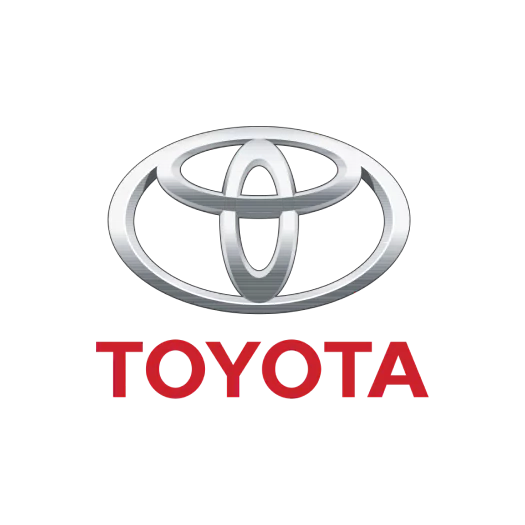Identifying potential customers is not enough; businesses must also determine which leads are most likely to convert. This process, known as lead qualification, helps sales teams focus on high-quality prospects, improving efficiency and conversion rates.
The global CRM market is forecasted to grow at a CAGR of 12%, reaching $129 billion by 2028. This growth highlights the increasing role of CRM in lead qualifying. CRM systems enhance lead identification and conversion, driving business success.
HashMicro CRM offers an intelligent solution to help businesses automate and streamline lead qualification. With AI-powered scoring, automated workflows, and real-time insights, sales teams can quickly identify, prioritize, and nurture leads more effectively.
In this article, we’ll explore the importance of lead qualification, its key types, a step-by-step process, and how automation, primarily through HashMicro CRM, can transform your lead management strategy.
Table of Content:
Table of Content
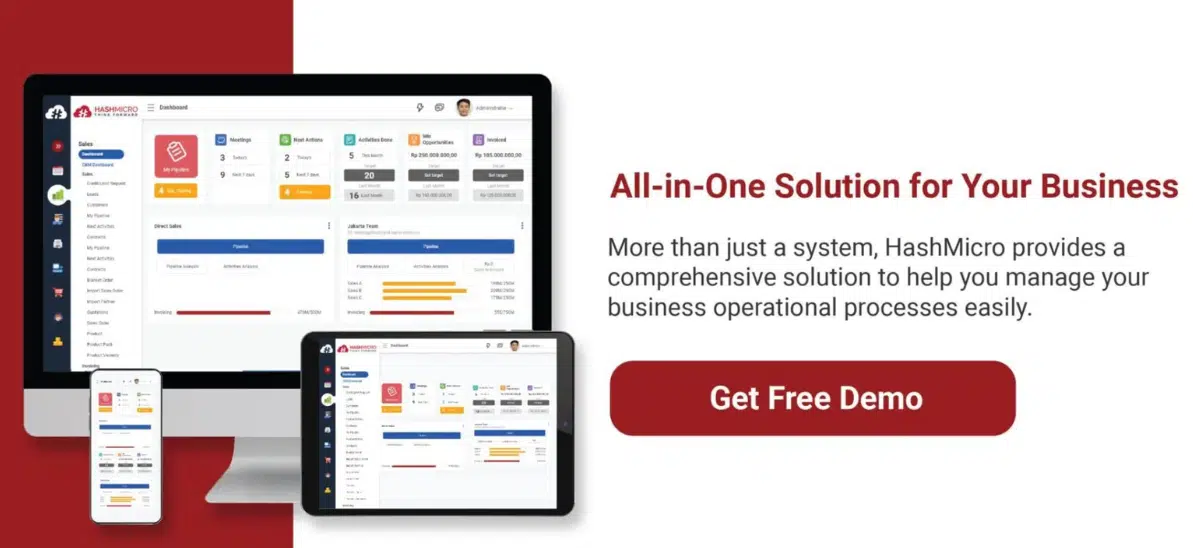
Key Takeaways
|
What is Lead Qualification?
Lead qualification is the process of evaluating potential customers to determine their likelihood of converting into sales. This is done by assessing factors like interest level, budget, and decision-making authority to prioritize high-quality leads efficiently.
A well-structured lead qualification process helps sales teams avoid wasting time on unqualified leads, improving efficiency and increasing revenue.
Typically, leads are categorized into different stages, such as Marketing Qualified Leads (MQLs) and Sales Qualified Leads (SQLs), based on predefined criteria.
To improve lead qualification, businesses often implement frameworks like BANT (Budget, Authority, Need, and Timing) or CHAMP (Challenges, Authority, Money, and Prioritization). These methods help sales teams systematically evaluate leads, ensuring that only well-qualified prospects move forward in the sales funnel.
The Importance of Lead Qualification
Pursuing every lead without proper evaluation can drain time, effort, and resources. Lead qualification helps businesses identify which prospects are worth pursuing, ensuring that sales teams focus on opportunities with the highest potential for conversion.
A well-qualified lead meets specific criteria, such as:
- Operating in an industry relevant to your business
- Having a clear need for your product or service
- Showing interest and engagement in your offerings
- Possessing the authority and budget to make a purchase
By qualifying leads early, businesses can streamline their sales process, improve closing rates, and reduce acquisition costs.
Leveraging tools like CRM software, lead scoring models, and data analytics can further refine this process, allowing companies to make informed, strategic decisions that drive revenue growth.
Types of Lead Qualification
Not all leads are the same, so businesses categorize them based on their level of interest and readiness to buy. The most common types of lead qualification include:
1. Marketing Qualified Lead (MQL)
These leads have engaged with marketing content, such as downloading an eBook or signing up for a webinar. However, they are not yet ready to make a purchase. Further nurturing is needed to move them down the sales funnel.
2. Sales Qualified Lead (SQL)
An SQL has been evaluated and deemed ready for direct sales engagement. They have shown strong buying intent and meet key criteria like budget and authority. Sales teams prioritize these leads for closing deals.
3. Product Qualified Lead (PQL)
PQLs have interacted with a product, typically through a free trial or demo. Their usage behaviour indicates a serious interest in making a purchase. These leads often convert faster than MQLs or SQLs.
4. Service Qualified Lead (SQL)
These leads come from existing customers who express interest in upgrades or additional services. They have already experienced the product and are open to expanding their investment. Retention strategies help convert them.
By understanding these lead types, businesses can tailor their approach to match each prospect’s needs. Proper lead qualification ensures efficient sales efforts and higher conversion rates.
A Step-by-step Guide to Lead Qualification
A structured lead qualification process helps businesses identify prospects and improve conversion rates. Below is a step-by-step guide to qualifying leads effectively.
1. Define your ideal customer profile
Start by outlining the key characteristics of your ideal customer, including industry, company size, budget, and pain points. This will ensure that your sales team focuses on leads that align with your business goals.
2. Gather and analyze lead data
Use website analytics, CRM models, and social media insights to collect relevant data about potential leads. Look for engagement patterns, demographics, and past interactions to assess their level of interest.
3. Score and prioritize leads
Implement a system such as AI lead scoring that assigns points based on criteria like website visits, email interactions, and demo requests. Higher scores indicate stronger buying intent, helping sales teams focus on high-value prospects.
4. Qualify leads with discovery questions
Engage leads through calls or emails to gather deeper insights. Ask about their needs, budget, and decision-making process. Frameworks like BANT (Budget, Authority, Need, Timeline) can help evaluate lead potential.
5. Nurture and follow Up
Not all leads are ready to buy immediately. Use personalized emails, targeted content, and follow-ups to keep them engaged. A well-timed approach increases the chances of conversion when they are ready to purchase.
By following these steps, businesses can filter out unqualified prospects and focus on leads with the highest potential. A refined qualification process leads to better resource allocation and improved sales performance.
You can also read other articles on the best CRM software to optimize lead management and ensure a more effective marketing strategy.
Lead Qualifying Frameworks
Lead qualification frameworks provide structured methods for assessing prospects and determining their likelihood of conversion. Below are some of the most widely used frameworks, along with their key evaluation criteria:
1. BANT (Budget, Authority, Need, Timeline)
BANT is a widely used framework developed by IBM to assess whether a lead is ready for sales engagement. It helps businesses focus on prospects with the financial means and decision-making power to proceed.
- Budget – Determines whether the lead has sufficient funds allocated for the purchase. If a prospect lacks budget approval, they may not be a high-priority lead.
- Authority—Evaluates whether the prospect has the power to make purchasing decisions or needs approval from higher management.
- Need – Assesses whether the lead has a genuine problem that your product or service can solve.
- Timeline – Identifies when the lead plans to make a purchase. Shorter timelines indicate higher urgency and potential for quicker conversion.
2. CHAMP (Challenges, Authority, Money, Prioritization)
CHAMP is a customer-centric framework that prioritizes understanding the prospect’s pain points before assessing their ability to buy.
- Challenges – Focuses on the lead’s business problems to determine if your product fits.
- Authority – Identifies the decision-maker and their influence in the purchasing process.
- Money – Ensures the lead has the budget to make a purchase, but only after confirming that their challenges align with your solution.
- Prioritization – Determines if the purchase is a top priority for the lead or if other business concerns may delay the process.
3. MEDDIC (Metrics, Economic Buyer, Decision Criteria, Decision Process, Identify Pain, Champion)
MEDDIC is often used in complex B2B sales to ensure a thorough evaluation of lead potential.
- Metrics – Defines measurable outcomes the prospect wants to achieve, such as increased revenue or cost savings.
- Economic Buyer – Identifies the key decision-maker responsible for financial approvals.
- Decision Criteria – Analyzes the factors the prospect uses to evaluate potential solutions.
- Decision Process – Outlines the internal steps the prospect must take to approve and finalize a purchase.
- Identify Pain – Focuses on the lead’s biggest challenges to ensure a strong product fit.
- Champion – Identifies internal advocates who support your solution within the prospect’s organization.
Each framework provides a structured way to assess leads and improve conversion rates. Choosing the correct method depends on your sales process, industry, and target audience.
Lead Qualification Checklist
A structured lead qualification checklist helps sales teams focus on high-potential prospects, improving efficiency and conversion rates. Below are six key checkpoints to determine whether a lead is worth pursuing.
1. Does the lead fit your ideal customer profile (ICP)?
Evaluate if the lead matches your target industry, company size, and business needs. Leads outside your ICP are less likely to convert.
2. Does the lead have a clear business need?
Assess whether the prospect has a specific challenge that your product or service can solve. Stronger pain points indicate a higher chance of conversion.
3. Does the lead have decision-making authority?
Confirm whether the lead has purchasing power or needs approval from higher-ups. Engaging decision-makers accelerates the sales process.
4. Is there an approved budget?
Determine if the lead has allocated funds for the purchase. If budget constraints exist, check if they have the flexibility to secure additional funding.
5. What Is the lead’s purchase timeline?
Identify whether the lead plans to buy soon or is still in the research phase. Leads with a defined timeline are more valuable for immediate sales efforts.
6. Does your solution align with their needs and questions?
Assess whether your product or service directly addresses the lead’s pain points. Additionally, ensure you can provide the necessary information about your company and offerings to help them make an informed decision.
This checklist allows businesses to filter out unqualified leads and focus on those most likely to convert, maximizing sales efficiency and success rates.
Additionally, integration with CRM software streamlines lead management, ensuring seamless collaboration between marketing and sales teams.
Streamline Your Lead Qualification Process with HashMicro CRM
Practical lead qualification requires accuracy, speed, and a structured approach to identifying high-potential prospects. HashMicro CRM automates and optimizes this process, ensuring businesses can focus on leads with the highest likelihood of conversion.
With HashMicro CRM, businesses can automatically capture and categorize leads based on predefined criteria, eliminating manual sorting and reducing errors. The system analyzes lead data, tracks interactions, and assigns scores to prioritize the most promising prospects.
Here are the key features offered to enhance your lead qualification process:
- Leads – Hash Quality Score: Automatically scores and ranks leads based on engagement, behaviour, and fit, helping sales teams prioritize high-potential prospects.
- KPI for Activity Targeting: Tracks key performance indicators (KPIs) to monitor sales activities, ensuring teams focus on the most effective lead engagement strategies.
- Revenue Forecasting: This service accurately predicts revenue from each lead, enabling businesses to create a prioritized prospect list for better sales planning.
- Email Marketing Management: Allows businesses to create, customize, and send targeted emails to segmented leads, improving engagement and conversion rates.
- Call Logging Management Records and documents all prospect interactions, giving sales teams valuable insights into enhancing their follow-up strategies and closing deals more effectively.
Choosing the best CRM that can automate workflows, track customer interactions, and generate insightful reports is crucial for companies aiming to improve productivity and maximize revenue potential.
Conclusions
Lead qualification is a crucial process that helps businesses identify high-potential prospects and allocate resources efficiently. Companies can improve conversion rates and maximise revenue by ensuring that only the most relevant leads move forward in the sales pipeline.
Understanding its importance allows businesses to focus on quality over quantity, reduce wasted efforts, and improve overall sales performance.
With HashMicro CRM, lead qualification becomes more structured and automated. Features like Hash Quality Score, KPI tracking, revenue forecasting, and seamless email and call management ensure businesses can engage with the right leads at the right time.
Want to see how HashMicro CRM can enhance your lead qualification process? Request a free demo today and experience the benefits firsthand!
FAQ About Lead Qualification
-
What is lead qualification criteria?
Lead qualification assesses whether a potential customer aligns with your product. The two key factors are whether your product meets their needs and if they have the budget for it.
-
What is the KPI of lead qualification?
A key KPI for lead qualification is lead response time, measuring the average duration between a prospect’s interest and the sales team’s initial contact.
-
What is a lead funnel?
A lead generation funnel, or lead funnel, is a structured process for attracting and guiding potential customers through different stages, ultimately leading them toward a purchase decision.





